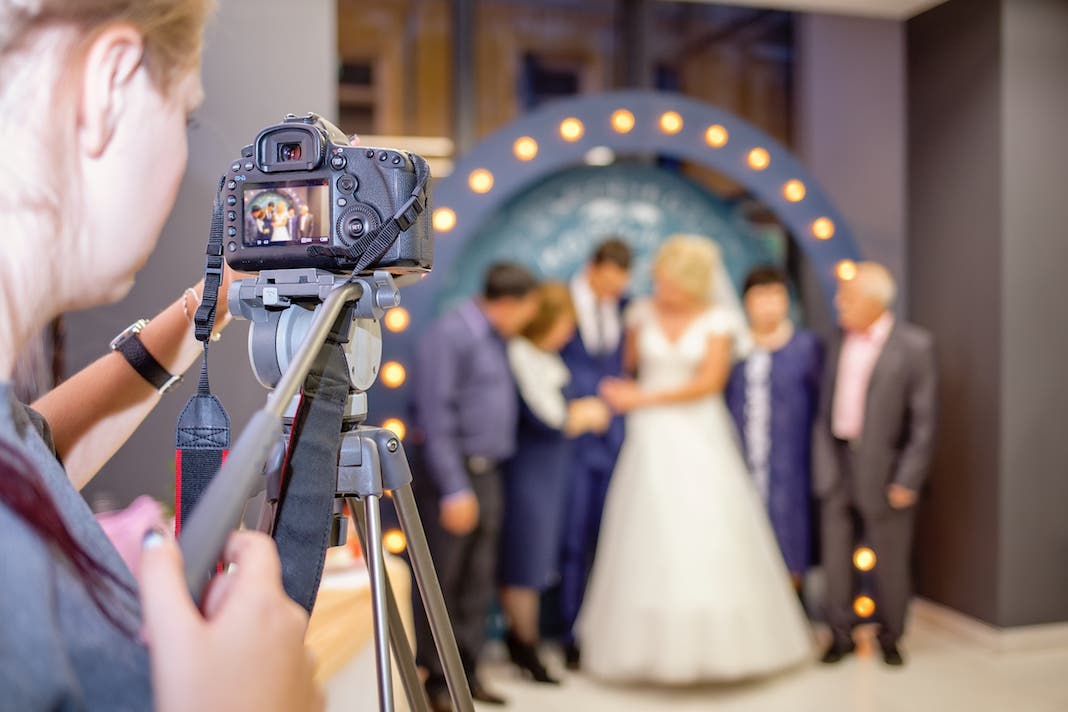
Terminology Used in Wedding Films
More than 30 years ago, I became a wedding cinematographer. My experience is that a positive wedding film experience begins long before I deliver a finished product. This begins when I help you understand the various styles of wedding videos. Wedding videos can be classified into three different styles. It’s your choice; there’s no right or wrong answer. Today’s studios use diverse terminology to describe their films, so it can be very confusing choosing the right film style.
Despite the differences in terminology, the aim of this page is to help you understand and distinguish the differences between different wedding films styles. Here we go!
This Video is a Documentary
Documentary videos are captured by one videographer. Ideally, the primary purpose would be to capture the significant events of the day using an individual camera. Despite being the least creative wedding film style, this one is the most cost-effective. You may use the fast-forward button while watching the finished video since it will be played back in real time. The Huffington Post reports that the #1 Wedding Day Regret stems from a Documentary video, although it is not a creative film.
An Overview of Standard Style Films
A traditional film style is known as a Standard Style Film. This event is captured by two videographers who wish to capture the events of the day from a variety of angles. In addition to creative editing, a second camera angle allows chronological editing of the finished film. Chronological editing is essential to a Standard style movie. You see things in a sequential order, and more importantly when you see them. A potential downside of this style of film is its predictability. In addition, Standard-style films are great for reliving the day since they capture many of the moments you may not have witnessed in person.
Highlights of the Film

Among today’s modern studios, the Highlight Film is the most popular film style. Multiple cinematographers capture Highlight Films from many different angles, and we employ a number of creative tools to accomplish the task, including sliders, gliders, gimbals, and drones. In order to create a one-of-a-kind Highlight Film, the Cinematographers edit the footage captured. There are, however, differing types of Highlight Films. During the course of the day, a Highlight film will include all of the essential moments that occurred.
Budgeting for a Wedding: Regrets
The highlight film templates used by some studios are usually between 5-10 minutes long. They condense any footage into their predefined template, regardless of how much they capture. Because of this technique, they have to edit out crucial parts of the movie that just won’t fit. Obviously, the 5-10 minute film is going to be fun to watch, but let’s not get carried away. Nonetheless, you will be wondering, “Are there any other significant moments of my day?” Studios often provide Raw Footage as a solution, but I wonder, “Are you willing to watch hours of Raw Footage to relive those special moments again?”
The Highlight Films we produce are very different. Despite the average length of our Highlight Films being approximately 20 minutes, the length is determined by the events we capture. When we create your Highlight Film, our focus is not on its length, but on making sure that we capture every important moment. We should not force you to watch Raw Footage every time we want to relive important moments in our lives.
